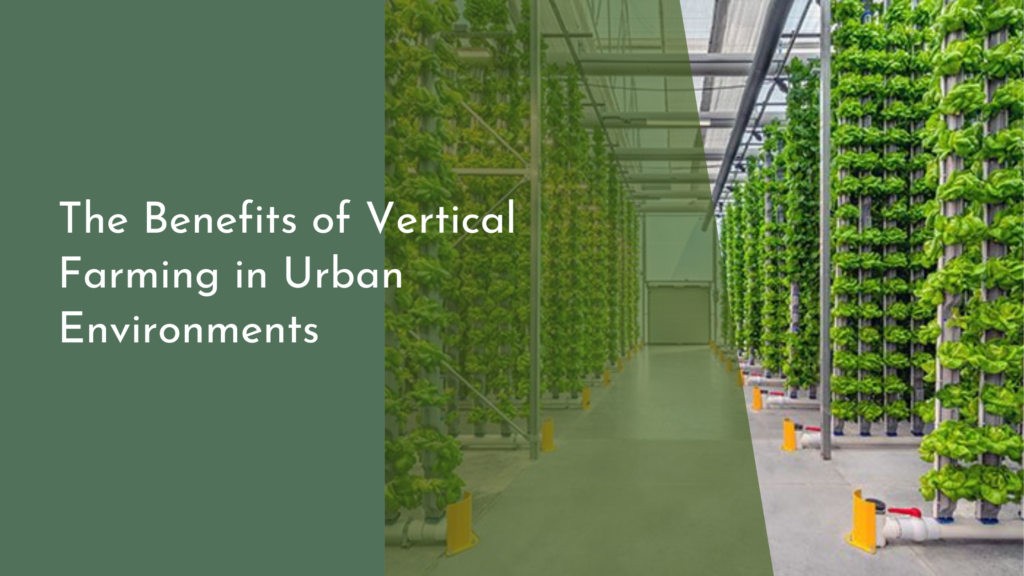Repurposing Urban Roads for Green Spaces
As urbanization continues to expand, cities around the world face the pressing challenge of balancing infrastructure with sustainability. With increasing populations and limited space, innovative solutions are needed to enhance urban living while addressing environmental concerns. One promising approach is the repurposing of urban roads into green spaces, transforming concrete jungles into vibrant ecosystems that promote biodiversity, improve air quality, and foster community engagement. This article explores the exciting transformation of urban roads into green initiatives, the benefits of these spaces, creative strategies to implement them, and inspiring success stories from cities that have embraced this revolution.
Transforming Concrete to Canopies: A Green Revolution
The idea of converting roads into green spaces is not just a trend; it represents a fundamental shift in urban planning philosophy. As cities grapple with climate change and the urban heat island effect, many are recognizing the necessity of integrating nature into their landscapes. By converting underutilized or excessively trafficked roads into parks, gardens, and other green areas, cities can create an environment where residents can connect with nature while reducing their carbon footprint. This shift from concrete to canopies symbolizes a broader movement towards sustainability, demonstrating that urban areas can thrive in harmony with the natural world.
Moreover, repurposing roads into green spaces is not merely an aesthetic upgrade; it also serves practical purposes. These green areas can manage stormwater runoff, reduce flooding risks, and mitigate air pollution. Plants naturally filter pollutants, contributing to improved air quality. Furthermore, the presence of greenery has been shown to reduce stress and enhance mental well-being, making cities more livable. As urban centers evolve, the integration of green spaces will be crucial for fostering resilient communities.
Benefits of Urban Green Spaces for Cities and Communities
Urban green spaces provide a multitude of benefits for both cities and their inhabitants. For one, they improve the overall quality of life by offering recreational opportunities and spaces for social interaction. Parks and gardens serve as communal hubs where people can gather, engage in physical activities, or simply relax amidst nature. This sense of community can foster social ties, reduce feelings of isolation, and promote a healthier lifestyle, contributing positively to residents’ mental and physical health.
Additionally, green spaces play an essential role in environmental sustainability. They help combat climate change by sequestering carbon dioxide and reducing urban heat. By replacing asphalt with greenery, cities can effectively lower surface temperatures and enhance biodiversity, providing habitats for various species. The economic value of urban green spaces is also significant, as they can increase property values, attract tourism, and reduce healthcare costs by promoting healthier lifestyles. Overall, the benefits of creating and maintaining green spaces are manifold, making them an integral part of modern urban planning.
Creative Strategies to Repurpose Roads for Nature
Cities exploring the repurposing of roads for green spaces have embraced a range of creative strategies. One effective approach is the installation of "parklets," which transform small sections of road into mini-parks equipped with seating, greenery, and art installations. These parklets not only beautify the streets but also encourage pedestrians to linger and enjoy their surroundings, thereby enhancing local economies. In addition, cities can consider converting entire streets into pedestrian-only zones, allowing for larger green spaces free from vehicle traffic.
Another innovative strategy involves the creation of urban forests and green corridors. By linking existing parks and green spaces through tree-lined pathways, cities can foster biodiversity and provide wildlife habitats. Vertical gardens and green roofs are also becoming popular, using underutilized vertical spaces to increase greenery in densely populated areas. Implementing these strategies requires collaboration between city planners, local communities, and environmental organizations, ensuring that the repurposed spaces meet the needs and desires of those who will use them.
Success Stories: Cities Leading the Way in Green Initiatives
Several cities have embraced the movement to repurpose urban roads into green spaces, setting inspiring examples for others to follow. New York City’s "High Line" is a prime example, transforming a disused elevated railway into a thriving linear park. This innovative space is now filled with diverse plant life, art installations, and walking paths, becoming a beloved destination for locals and tourists alike. The High Line has not only revitalized the surrounding neighborhoods but has also demonstrated the potential of repurposing infrastructure for public enjoyment and environmental benefit.
Another noteworthy example is Paris, which has taken significant steps to integrate green spaces into its urban fabric. The city has initiated projects like the "Paris Green Plan," aiming to increase green spaces by converting roadways into parks and gardens. The recent transformation of the Rue de Rivoli into a pedestrian-friendly area with ample greenery is a testament to this initiative. These efforts have garnered global attention, showcasing how cities can lead the charge in sustainability while enhancing the quality of life for their residents.
Repurposing urban roads for green spaces is more than just a trend; it’s a vibrant movement towards sustainable urban living. As cities worldwide adopt innovative strategies to transform concrete landscapes into lush green areas, the benefits for both the environment and community well-being become increasingly clear. By promoting these initiatives, urban centers can create healthier, happier, and more connected neighborhoods. The success stories from cities like New York and Paris not only inspire but also serve as models for others looking to embark on their own green revolutions. Embracing this vision will ultimately lead to more resilient cities that thrive alongside nature, proving that urban landscapes can indeed be a canvas for both human prosperity and ecological harmony.

